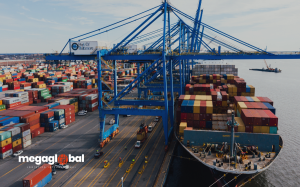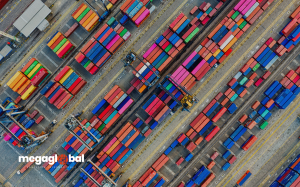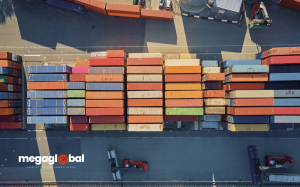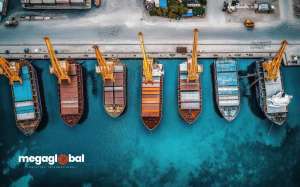Key strategies to prevent damage and reduce risk in international transportation
Avoiding logistics issues starts by anticipating the risks of every shipment. One of the biggest challenges in international trade is ensuring that goods arrive at their destination in good condition. From vibrations during transit to sudden temperature changes or mishandling, there are many risks that can lead to damage and financial losses. The good news? Most of these incidents can be avoided if proper measures are taken from the beginning. Here are the key factors every business should consider protecting their cargo in international transport.
1. Packaging tailored to the product and the route
Not all packaging is suitable for all products or shipping routes. Fragile items, liquids, electronics, and perishables require specific protections based on the nature of the goods and travel conditions.
Tips:
– Use sturdy materials like double-corrugated boxes, corner protectors, stretch film, and desiccants.
– Add internal cushioning to absorb impacts.
– For climate-sensitive cargo, consider thermal insulation or active/passive refrigeration.
2. Proper, visible, and standardized labeling
Poor labeling can lead to mishandling, damage, or loss of traceability. All cargo should include labels that clearly indicate:
– Contents
– Load direction (this side up)
– Handling instructions like “fragile”, “keep dry”, “do not stack”
– Tracking codes when available
This step is often overlooked but crucial.
3. Validating and selecting the right carrier
Damage in transit is often caused by mishandling, not accidents. Choosing a carrier should not be based solely on price or delivery time.
Make sure to:
– Check the carrier’s experience and claims record.
– Verify their protocols for safe cargo handling.
– Ask if they use technology for tracking and traceability.
4. Getting the right insurance coverage
Insurance might seem expensive—until a loss happens. A policy tailored to the cargo type, value, and route risk is a smart way to protect your assets.
Check for:
– Coverage against theft, fire, accidents, partial or total loss.
– Exclusion clauses, claim periods, and coverage limits.
5. Real-time cargo monitoring
If your carrier offers it, activate real-time tracking. Alternatively, use third-party IoT devices.
You’ll know:
The cargo’s location at any moment.
If there’s been unauthorized access.
If there were delays or route deviations.
This data helps you respond quickly and improve future operations.
6. Staff training on packaging and handling
Many logistical issues stem from a lack of knowledge: stacking errors, improper pallet use, unsecured loads. Investing in staff training minimizes these mistakes.
Implement:
– Ongoing training sessions.
– Simple manuals with internal best practices.
– Supervision during critical loading/unloading tasks.
7. Create a contingency plan for incidents
Even with the best preparation, unexpected events happen. A clear response plan helps minimize disruption.
Include:
– Who to contact in case of an incident.
– Required documentation.
– How to file a claim with insurance or the carrier.
– Steps to take with the customer if delivery is affected.
Logistics success isn’t just about getting cargo delivered—it’s about delivering it intact. Protecting your goods is an investment in your reputation, profitability, and customer trust.
Review your packaging, tracking, and insurance processes. Preventing damage today is cheaper than managing claims tomorrow.
#CargoProtection #InternationalLogistics #RiskManagement #SafeTransport #ShippingTips #GlobalTrade #Megaglobal #Megaglobal #Blog #InternationalLogistics #CargoTransport #MaritimeTransport #AirTransport #LandTransport #CustomsManagement







